This is the second of a two-part series from survival expert Creek Stewart. In addition to doing a Q and A with Creek on survival knives, we’ll also be giving away a BlackBird SK5 — Creeks’ survival knife of choice – to one lucky reader and two copies of Creek’s new book. Scroll to the bottom of the article to learn how to enter. You can learn more about Creek’s survival school in our post from yesterday.

KD: So, what’s your survival knife of choice?
CS: I carry the Blackbird SK5. It’s made by Ontario Knife Company and designed by Paul Scheiter.
KD: Why this knife?
CS: The core of my courses and what I do, especially with primitive skills, revolves around using a knife. So there’s a lot of reasons why I use this knife. First, for my my primary survival I want something simple. I don’t want a movie prop. I don’t want something that’s off of Alien or Predator with big spikes on the back like you might see in Mad Max. I just want something that has everything you need and nothing you don’t. That’s what this knife has.
KD: What characteristics do you look for in a survival knife?
CS: For a core survival knife, it has to be a fixed blade. Whenever there’s a hinge, there’s a weak spot. I don’t care how you look at it. Even the best made folding knives aren’t going to compete with a fixed blade knife. And full tang– it’s got to be full tang. I’ve seen partial tang and rat tail knives break under similar conditions that I use my knife.
KD: How can someone determine if a knife is full tang
CS: A lot of times you can see the metal sandwiched between the scales, but if you can’t, see if the scales are removable. Lots of times rat tail tangs will have a button at the bottom, where you can see where they’ve pinched the bottom of the rat tail. Worse case scenario, call or email the manufacturer.
KD: What about the pommel?
CS: I like a flat, solid pommel. It’s kind of like a little hammer and you can use it to pound in stakes. I also like a flat grind so I can strike my ferro rod with my knife. That’s important to me.
KD: What about size? What’s the ideal range.
CS: My sweet spot is about a 10-inch knife with a 5-inch blade. That’s small enough to do detailed stuff, like feather sets or carving fishing gorges, but it’s also big enough to baton through a tree with a diameter of 24 inches if I had to. So size definitely matters — too big is too much and too little isn’t enough. I’ve spent thousands of hours in the field using a knife the way it’s supposed to be used and I’ve been doing it long enough where I can say that I’ve made all the mistakes. I’ve bought the big boys and I’ve tried to get away with the little knives — the little neck knives — and there’s kind of a middle ground that I think is best.
KD: What other knives do you carry when you’re in the woods?
CS: I always carry a back up blade. So on my EDC kit I carry a leatherman — the MUT — and typically a little Victorinox or a folder like a little thumb-assisted Spyderco, but I always carry a backup, because you never know. Even though there’s nothing I could do to break or destroy this knife, I could lose it.
KD: What about price? How much does the Blackbird run for and how much should somebody expect to pay for a good survival knife?
CS: This knife goes for about $120, which I think is a pretty fair price for a knife that you would expect to last a lifetime and maybe even pass on one day. That’s the way I look at knives, I don’t look at them like a disposable tool. When I buy a knife, I expect to keep it. I’d rather spend $100 on a really good knife, then buy five $20 knives, because you never know when a cheap knife is going to break.
KD: What are some of pitfalls of buying a cheap knife?
CS: There becomes a point when the price is a reflection on the materials. You can only make a knife so cheap without cutting corners somewhere, maybe it’s in the metal, maybe it’s going to corrode fast. Look, you get what you pay for. I don’t mind spending money on two things: food and knives.
Continue reading
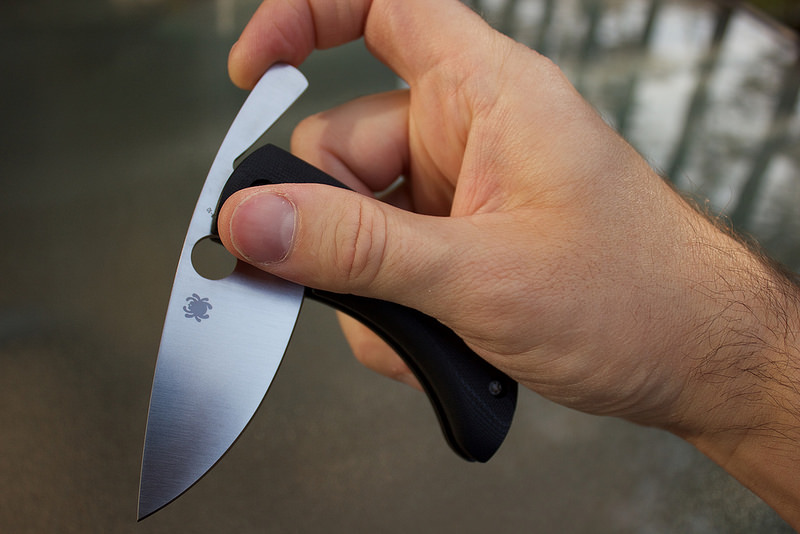
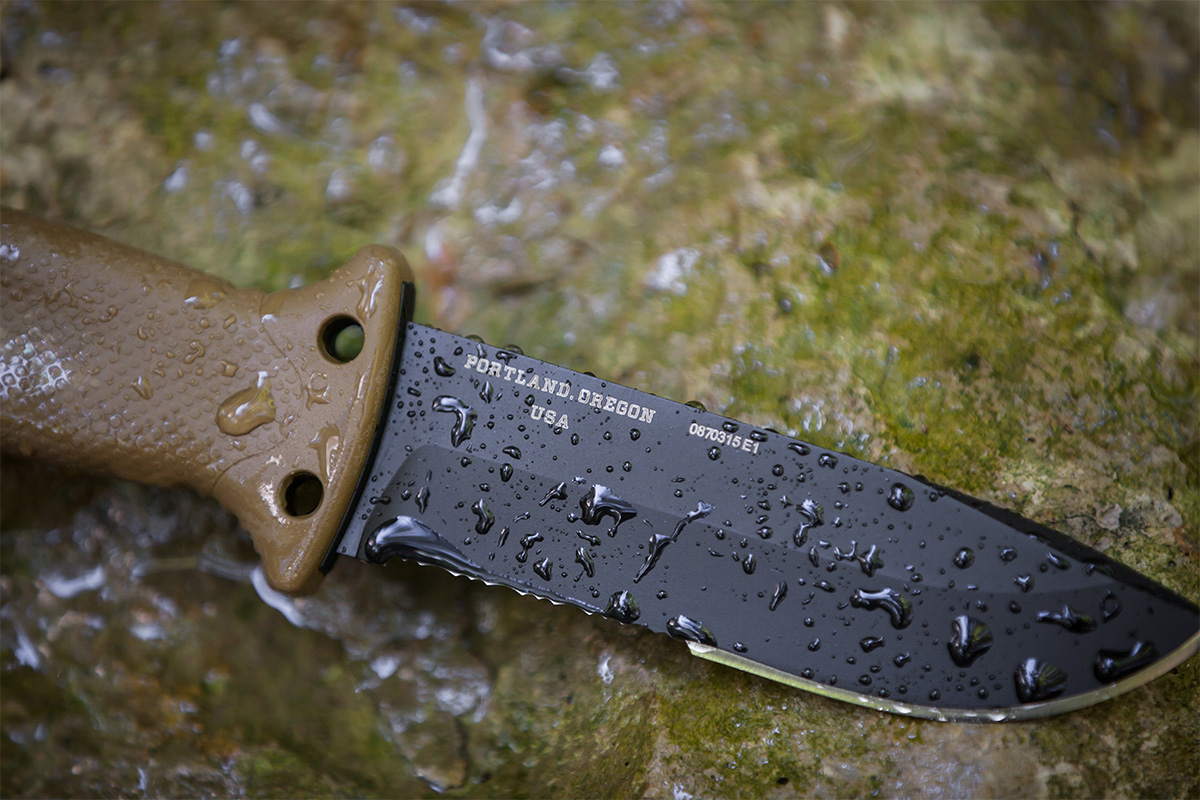


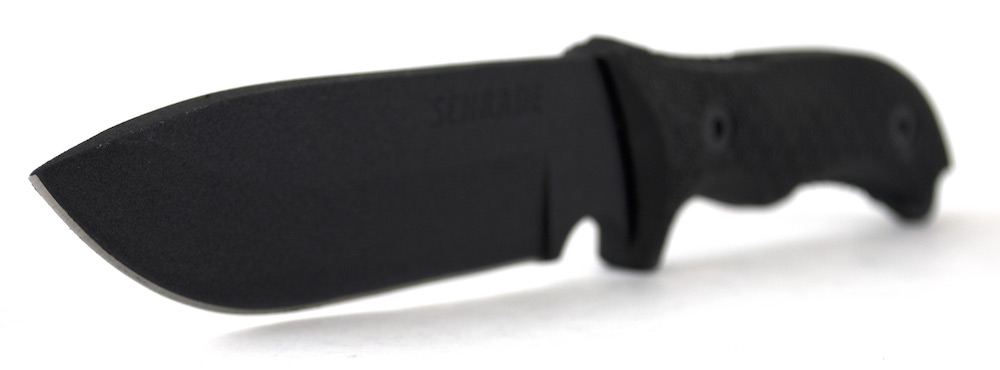
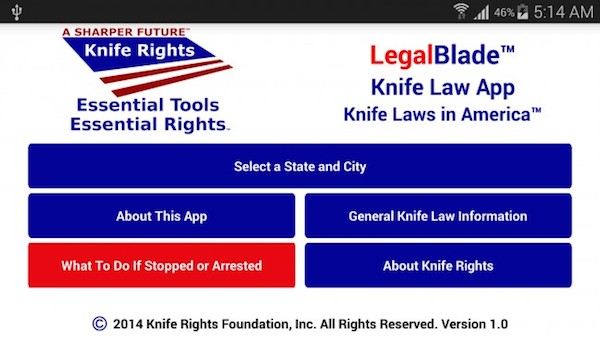
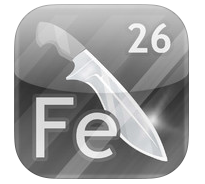 There aren’t many useful smartphone apps out there that pertain to knives—in fact, there aren’t more than a handful.
There aren’t many useful smartphone apps out there that pertain to knives—in fact, there aren’t more than a handful. The app is a knife steel composition and name cross-reference database for all types of alloys used in knife blades. According to the description, the app features about 5,600 alloy names and more than 930 compositions, which covers pretty much anything you could ever want to look for. Some of the things you won’t find are proprietary steels, which are classified. For those who like to get deep down and dirty, there is a composition comparison that has a bar graph with three different options that show the mass percentage, molar masses and atomic count per 1,000 atoms.
The app is a knife steel composition and name cross-reference database for all types of alloys used in knife blades. According to the description, the app features about 5,600 alloy names and more than 930 compositions, which covers pretty much anything you could ever want to look for. Some of the things you won’t find are proprietary steels, which are classified. For those who like to get deep down and dirty, there is a composition comparison that has a bar graph with three different options that show the mass percentage, molar masses and atomic count per 1,000 atoms.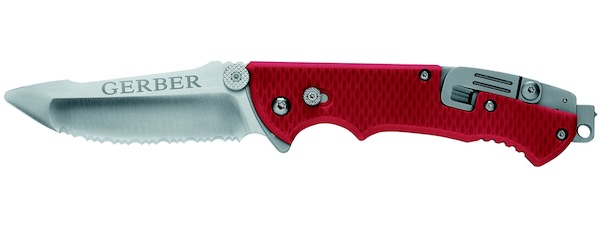


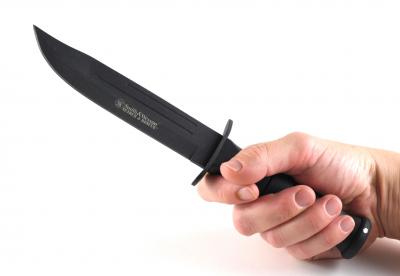 A survival knife is a piece of equipment that can literally save your life if all else fails. This tool can be used for hunting, building shelter, cleaning fish and even self-defense.
A survival knife is a piece of equipment that can literally save your life if all else fails. This tool can be used for hunting, building shelter, cleaning fish and even self-defense.


